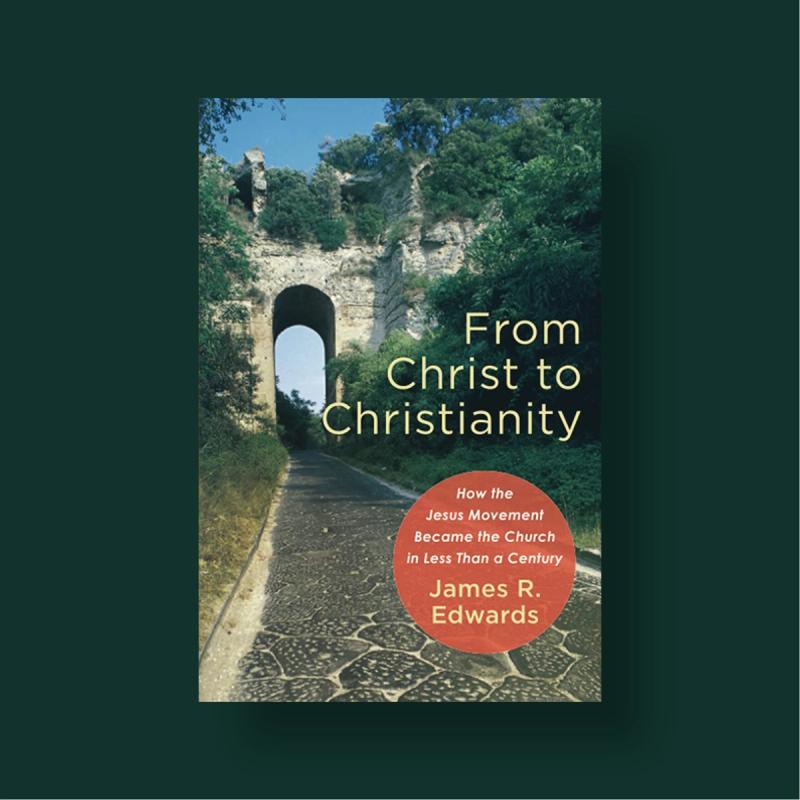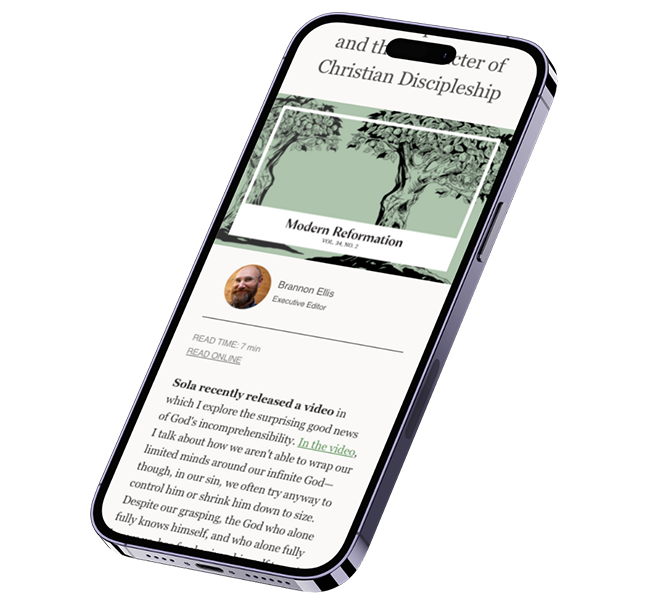***
Baker Academic | 2021 | 320 pages (paperback) | $27.99
A strangely disjointed picture emerges for those studying the earliest forms of Christianity. On the one hand, we have the New Testament descriptions of the ministry of Jesus and his earliest followers, portraying “the Way” as largely composed of rural itinerant Jews. On the other hand, less than a century later, the writings collectively known as the Apostolic Fathers describe a body of primarily urban Gentiles who called themselves Christians throughout the Roman world. Yet both movements claimed to follow Jesus of Nazareth while standing as heirs of his message. How was such a transformation of the Jesus movement possible? And why did the scope and form of those following Jesus change so much in such a short time?
These are the questions James R. Edwards addresses in From Christ to Christianity. Standing in the oft-mentioned but rarely addressed gap between New Testament studies and church history, Edwards argues that while the content of the Jesus movement stayed the same, during the first one hundred years after Jesus, the form of his church adapted in order to reach the wider Greco-Roman culture of the era.
While the christological center of Jesus’ person and ministry kept the church’s message focused on the news of salvation in Christ, the church’s missional emphasis transformed the form and approach of the movement, resulting in what Edwards calls the “most creative era in the entire history of Christianity” (xxvi). Thus the church was able to adapt and extend into the Gentile world through incorporation and institutionalization at a time when it was largely powerless, disparate, and lacking central organization. In short, the seemingly radical changes to the form of Christianity during this period flowed from a desire to organize the witness of the church in ways that would further the mission of the church.
To trace this transformation, Edwards devotes chapters to a dozen of the most influential changes during the first Christian century, with each chapter tracing the transition from New Testament standards to the situation at the time of the Apostolic Fathers. Some subjects will be familiar to anyone familiar with the character of early Christianity, such as the spread of the movement from Jerusalem, the transition from synagogue to church, and the “parting of the ways” between Judaism and Christianity. Yet Edwards also examines other sometimes neglected subjects, such as the changes from communication in Hebrew to Greek, from Apostolic to Episcopal leadership, from Sabbath to Sunday, and from scroll to codex.
Overall, Edwards paints an informed picture of this era that simultaneously frames the scope of the transformation of Christianity, while also offering pushback on dichotomous thinking that creates too clean a picture of these changes. More than just a treatment of a particular aspect of early Christian development, this volume takes an overarching approach and attempts to trace every major transformation of this period. Because of this, no one issue is exhaustingly examined. Such forays into these issues advances Edwards’s thesis but may leave some readers desirous of deeper engagement. Such limits are, of course, inevitable components of historical inquiry.
Edwards’s greatest strength resides in how he sets the table and describes the key events and characters of this transformative period. His command of relevant scholarship for each of the subdisciplines discussed puts this volume in meaningful conversation with other voices engaging this period. One downside to this approach, however, is that some chapters merely whet the appetite or raise more questions about the development being traced. For this reason, this volume is perhaps best suited for those with some prior understanding of New Testament literature and the writings of the Apostolic Fathers.
Aside from the recurring concept of missional adaption to the culture, Edwards remains less clear at times on why adaptive changes occurred within the Jesus movement. An apologetic for a change without corruption model is at work throughout this volume, which is a welcome variation from classic Protestant approaches to early church history. However, it is not immediately evident why Edwards comes to this conclusion, apart from his overarching thesis of Christian adaption without captivation to cultural mores.
Furthermore, as is often the case with those treating this historical period, Edwards at times finds himself relying heavily on nonperiod descriptions. Particularly in certain early chapters, there is heavy reliance on historically later figures such as Irenaeus, Origen, and Eusebius. This is not necessarily a problem so much as a reflection of some historiographical decisions and the reality that any historical reconstruction of these early years must work with what limited material exists. That being so, there sometimes seems to be less a case from the Apostolic Fathers as a case about the era of the Apostolic Fathers. In later chapters, however, any concerns with this approach recede as the testimony of the Apostolic Fathers moves front and center.
Finally, Edwards offers only brief remarks on the significance of this study for today. Not every historical study lends itself to practical application, nor should it. Still, the final pages of this book speak of the parallels between the earliest church and the church of today, yet without any sort of explication of what that might mean for today’s church. One is left wondering what sort of meaning we might make of this period of church history. At the very least, this seemed an appropriate spot to advance the call for continued investigations into what the Apostolic Fathers reveal about this critical period. Some reevaluation of the historiographical models oft used to study this period might have been useful, as Edwards adopts a model of creative adaptation that stands as a helpful third way between the sometimes sloppy models of corruption and natural development.
Overall, any concerns with Edwards’s work are far outweighed by the value that his scholarship and cumulative approach bring to those studying earliest Christianity. This contribution to the conversation around the history of the church will be a helpful read for anyone interested in the early development of theology and practice, as well as those more generally interested in the contributions of the Apostolic Fathers. The transition from the Jesus movement to the church may be confusing and disjointed, but From Christ to Christianity brings some welcome clarity and cohesion to this fascinating time in the history of the faith.
Jacob J. Prahlow is lead pastor of Arise Church in Fenton, Missouri. He holds a MATS in the New Testament and Early Christianity from Saint Louis University.







